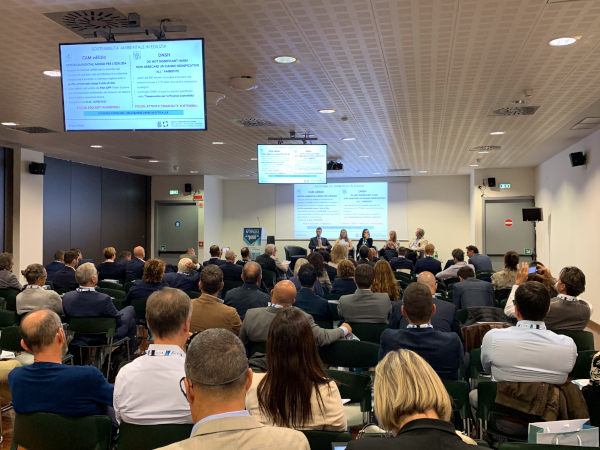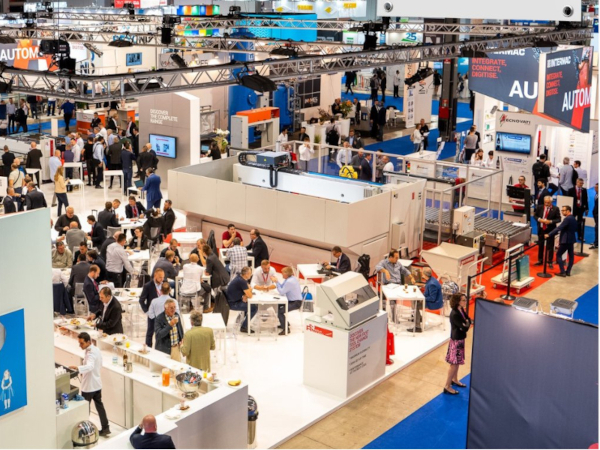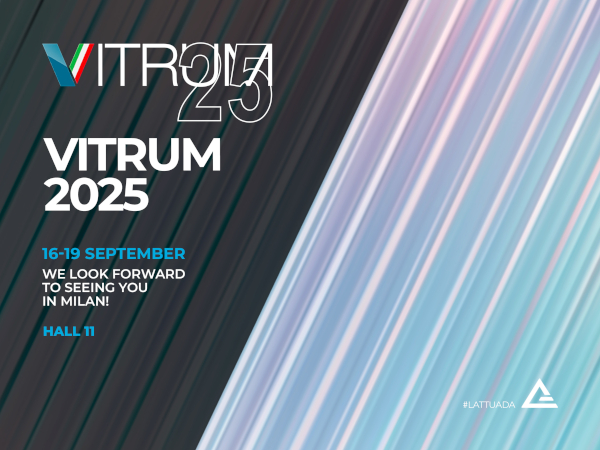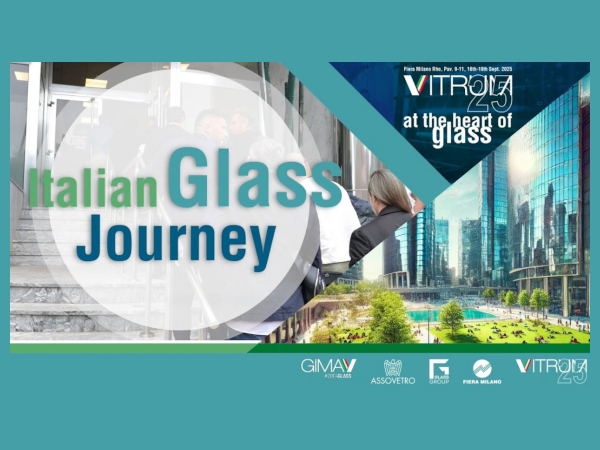Date: 21 October 2013
The story of Alfa Romeo, from its glorious past to its current resurgence, is also filled with accolades for technological, sport and personal achievements, but its most important asset has always been creativity. (photo: Alfa Romeo Automobilismo Storico, Documents Archive of Arese, Milan – Reproduction is prohibited).
Among the news and many points of interest that will define this year’s Vitrum, the extraordinary presence of Alfa Romeo truly stands out.
Extraordinary, as said, mainly for two reasons: first of all because until now automobiles had never been showcased at a trade fair; the second, even more important reason, is that 8 of the models showcased are next to impossible to see as a group otherwise, as they belong to the Alfa Romeo historical museum, which has long been closed to the public while awaiting structural repairs. If that weren't enough, the showcase also features another interesting item: a 4C, the latest model made by Alfa Romeo, a front-runner at the Frankfurt Auto Show.
.jpg)
Why this initiative? What could possibly tie something so seemingly different like a Glass Machinery International Trade Fair and an automobile maker? Let's start by saying that this automobile maker is far from "ordinary". This is one of the most recognizable, fascinating brands in the automobile industry, a name that significantly contributed to the development of its sector, the industrial and social growth of Italy, and the global prestige of our country. It is among the best known and popular examples of how high and far Italian genius can soar.
That's why the event named "Alfa Romeo live and in person" undertakes to celebrate the all-Italian blend of creativity and excellence. These very same values tie two crown jewels of traditional Italian technology: the glass industry, proudly headed by global-leading glass machine manufacturers whose key strength is in fact on-going innovation, and the automobile industry, which experienced periods of extraordinary success since the beginning of the last century and now, as we approach the end of the most dire economic crisis since WW2, is poised for a turnaround that will hopefully bring mass-production volumes back up to match the extraordinary success achieved by niche products.
.jpg)
The Alfa Romeo automobile theme itinerary runs through three stands, set up in Pavilion 13, 22 and 24, which identify three pivotal moments in the history of the brand. The first stop, the stand in Pavilion 13, recalls the Golden Era. This spans from the late '20s to immediately after WW1 and is crowned by the Formula 1 World Cup won by driver Juan Manuel Fangio. The three automobiles on display from the Alfa Romeo Historical Museum collection are the essence of technology far beyond "cutting-edge" for that era, and above all an actual and incredibly efficient example of the difference the right mix of inventive genius and daring can make.
.jpg)
The second stand, in Pavilion 22 illustrates the maker's return to the race track in the second half of the ’60s, when the industrial venture of Alfa Romeo found its second wind. In this period the difference between standard cars of European or American provenance and those made by the Milanese auto maker was huge in terms of dynamic efficiency, styling and driving pleasure. The logical outlet for this newly found vitality was a renewed commitment to competitive racing. Hence every Sunday, in the hands of amateur or professional drivers, Alfa touring or Sport models dominated racing tracks across the world. The last stand in Pavilion 24 features the first few pages of this latest chapter, the turnaround, which started with the introduction of the first new-generation models designed to span the next decade.
This is a fascinating and educative three-part voyage of discovery hosted by Vitrum and made possible by the astoundingly collaborative spirit of Automobilismo Storico Alfa Romeo.







Add new comment